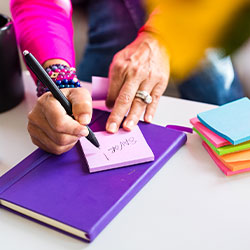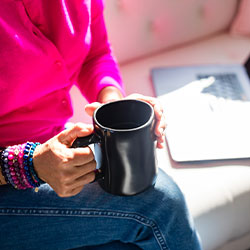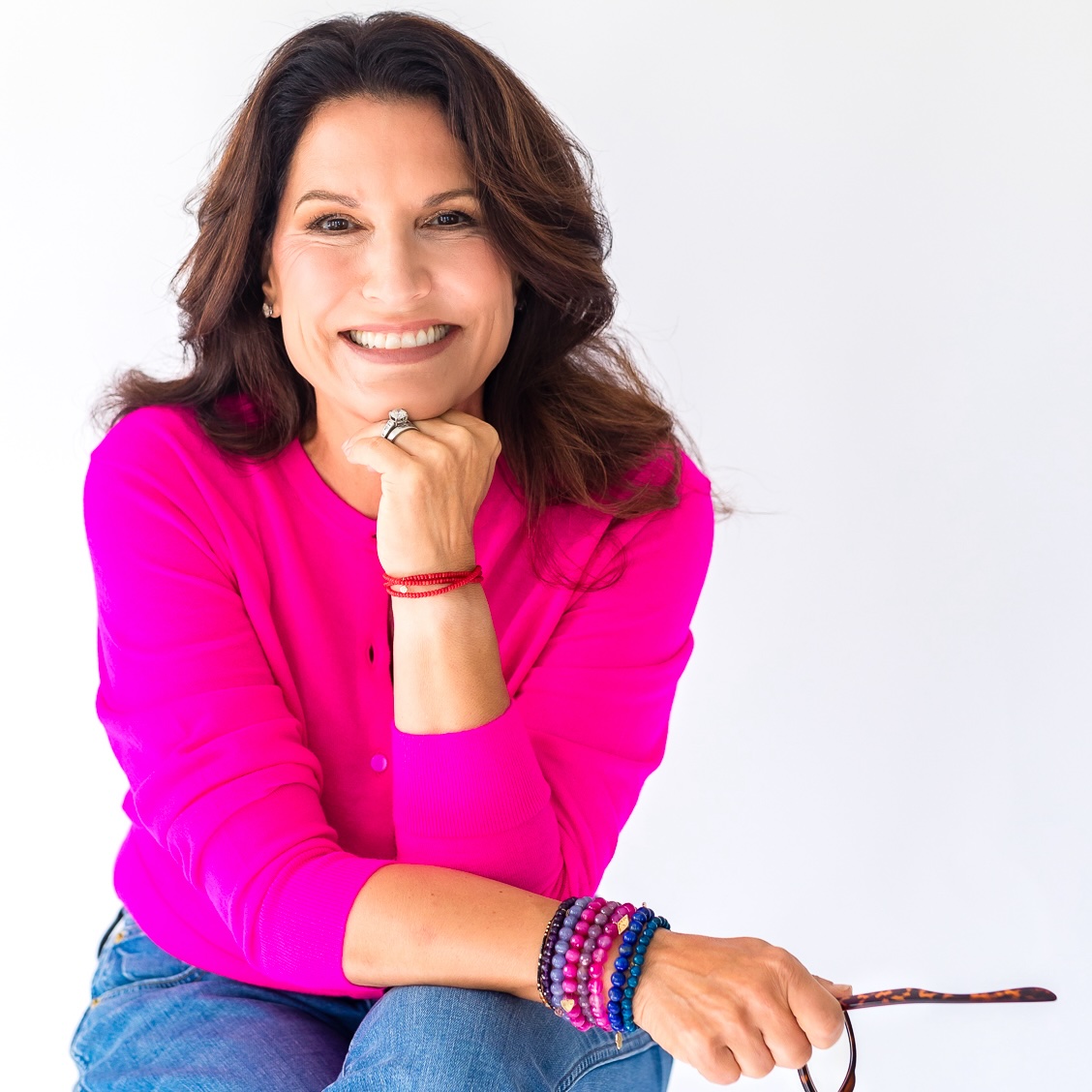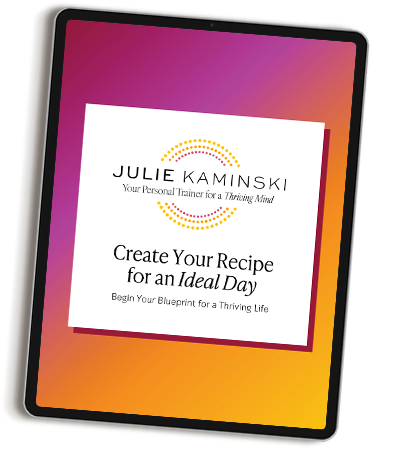Pilates: Where the magic happens
There’s something about Pilates that is nothing short of magic. It can help people regain the ability to garden, return to finish a varsity career, find relief from back pain, or even—relatable to women of middle age—finally stop that leak when sneezing or laughing. It’s a game-changer.
Sarah Stangota, director of The Pilates Studio of Health-Quest, often hears people say, “Somebody told me I should do Pilates, but I don’t know anything about it.”
Here’s a deeper look into this fascinating modality and couple of tidbits that may surprise you.
Originally called “Contrology,” Joseph Pilates created the training method now known as Pilates. In his words, it “develops the body uniformly, corrects wrong postures, restores physical vitality, invigorates the mind, and elevates the spirit.”
Common misconceptions, debunked
“Pilates is yoga.” While both are considered Mind-Body modalities, there are differences. Yoga’s origins date back thousands of years while Pilates dates back one hundred. Yoga is more meditative/spiritual whereas Pilate’s roots are in physical rehabilitation.
“Pilates is easy.” One hundred sit ups in the weight room do not translate into a strong core. I’ve worked in fitness for more than 30 years and I can attest to this personally. I’m continually humbled. Squats in the interval class I teach do not translate into being able to do a Teaser on the reformer. Stangota points out that “working the abs is not the same as working the core.” Through small isolated movements you will discover the often-overlooked muscles of your core.
“Pilates is too hard.” Pilates may be the Goldilocks of mind-body in the sense that it’s “just right for everyone,” to use Stangota’s words. If you were to peek into a studio, the array of equipment may seem overwhelming and you may even see someone hanging upside down! (BTW, hanging upside-down elongates the spine and feels fabulous.) Rest assured, everyone is welcome, from cancer survivors to rehabbing athletes, both men and women.
Who knew?
Mat Pilates is more challenging than using the apparatus! Ava Adames, NBC-HWC and advanced instructor, and Aimee Scheffer, a master trainer and one of my favorite instructors, agree that mat work, when done correctly and with precision, is more difficult than working on the equipment. However, Scheffer points out that apparatuses may give the extra support that allows clients to a make mind-body connection to targeted muscle.
Some medical insurances will cover Pilates. Stangota, who is also an occupational therapist, points out that it is an approved modality that can be utilized as part of a treatment plan when provided by qualified therapist/instructor. Check with your carrier!
What to look for in a Instructor: Education and Cueing
A qualified instructor has put hundreds of hours into training and continues taking classes. Scheffer’s initial training took 16 months to complete. All of the instructors I spoke with still refer to themselves as “students” of Pilates. They are mindful of the cues needed to help participants make the mind-body connection.
Finally, Adames stresses the importance of laughter. Keeping your sense of humor is always a good idea. Personally I have enjoyed the challenges, little victories, rehabbing benefits and core strength “magic” that comes with Pilates.
Please share your experiences with us. What magic has Pilates brought to your life? In what ways would you like to strengthen or rehabilitate?
Pilates is part of my #healthybodyhappymind recipe. If you would like help refining you ideal formal for health and happiness, book a Discovery Call.
With warmth,
Julie






